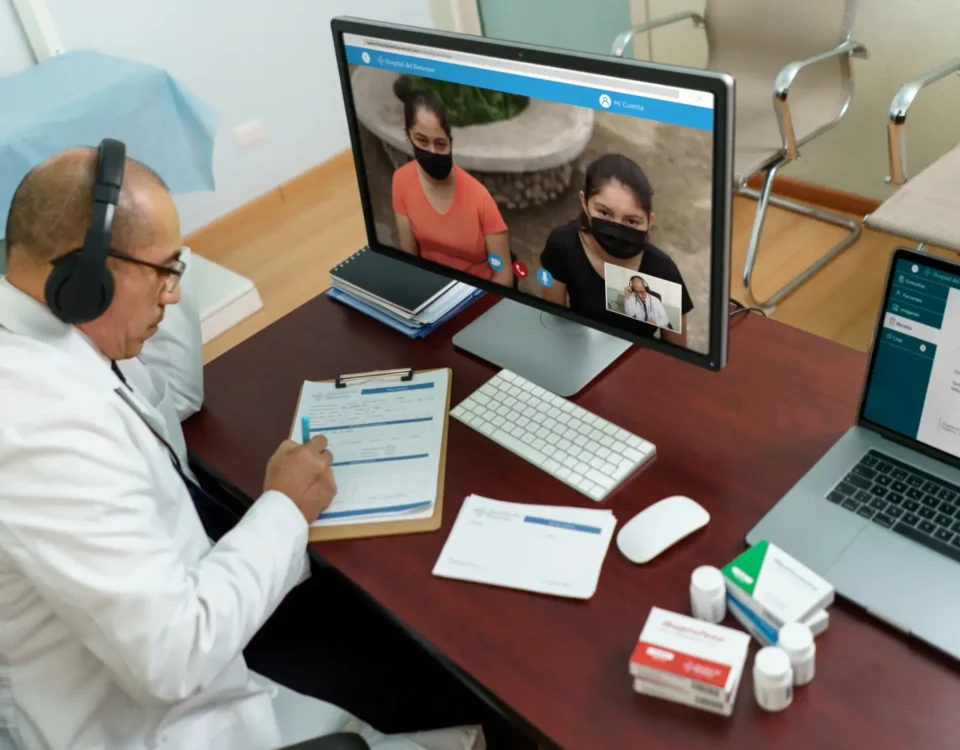
New Frontier Group Achieves ISO 9001 Certification
October 10, 2023
The Impact of U.S. Price Changes on International Travel Medical Insurers
June 24, 2024Adapting Value Based Care for a Global Population
New Frontier Group is exploring how the VBC model can be adapted to meet the demands of international patients coming into the US. Gitte Bach, CEO, explains how it works and what the benefits are for patients, providers and payers.
The Essence of VBC in the US
Various organizations in the US are focused on determining which VBC models work best for their populations, including the US government, employer groups, and national/state-focused insurance companies. At its core, VBC should align everyone’s interests – patients, providers, payers – towards the common goal of the best care at the lowest cost. This involves a shift from paying for services regardless of their effectiveness (fee-for-service models) to paying providers differently for managing overall patient care.
VBC for International Patients
VBC for international patients coming into the US must be adapted to meet the specific demands of that population. As various programmes are tested for employers or the government, for example, the international insurance industry must determine how to recalibrate these approaches to align with the governance of international insurance plans for travelers, expats and international private medical insurance (IPMI) members.
In our international market, the majority of services are still reimbursed under fee-for- service models. It is hard to adapt to VBC because many cases are urgent and patients may not be in the States long enough to implement preventative services or improve their health, so New Frontier Group looked at it another way to see how we could get value- based pricing for our population.
This has emerged into what we call our Cap Care Premium programme. It is being designed with ambulatory surgery centers (ASCs) for non-emergent, scheduled surgeries. Our focus is on providing all-inclusive, fixed prices for specific procedures. This means that the cost of the surgery, plus all related fees for the surgeon, facility, anesthesia, implants, recovery, pre- and post-operative visits, and prescriptions, is determined upfront – one bill, one fee. No more late charges and no more collection notices due to claims trailing from providers.
Benefits
- Patients get top-tier care from high-profile surgeons with quicker recovery times in high-quality environments without the worry of unexpected bills
- Providers get simplified administration. They offer patient-centered care without getting entangled in complex billing procedures appeals, payment discount contracts, etc.
- Payers get competitive price transparency and outstanding outcomes for members.
Expected Results
The results of our profiled cases show these programmes can be adapted successfully. See below some early indicators based on fixed cost with ASCs on orthopedic cases compared to charges/fees typically associated with these types of cases. All procedures would be pre-assessed and a flat rate would be provided and compared to standard inpatient discounts. Ultimately, the success depends on its ability to consistently deliver improved patient outcomes at lower costs. As more data becomes available on the outcomes, NFG will refine their approach, driving continuous improvement in global healthcare delivery.
| Ortho case samples reviewed | Average costs associated with cases including all ancillary fees | Savings that could be realised through an ASO fixed-rate model | Savings % |
|---|---|---|---|
| Shoulder anthroscopy | $28,481 | $20,731 | 73% |
| Knee anthroscopy | $27,038 | $19,788 | 73% |
| Meniscus repair | $22,928 | $15,678 | 68% |
| Hip anthroscopy | $25,438 | $14,463 | 57% |





